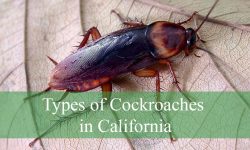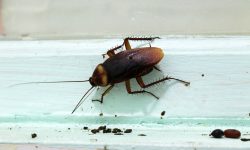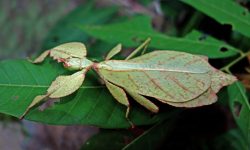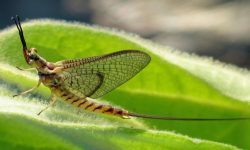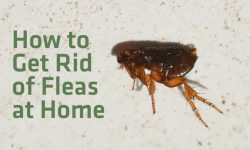Boxelder bugs can be a pesky nuisance, especially during the warmer months when they invade homes in search of shelter and food. These small, black-and-orange insects are not harmful to humans, but their presence can be irritating as they gather in clusters around windows, doors, and walls. If you’re struggling with an infestation and wondering how to get rid of boxelder bugs effectively, you’re in the right place.
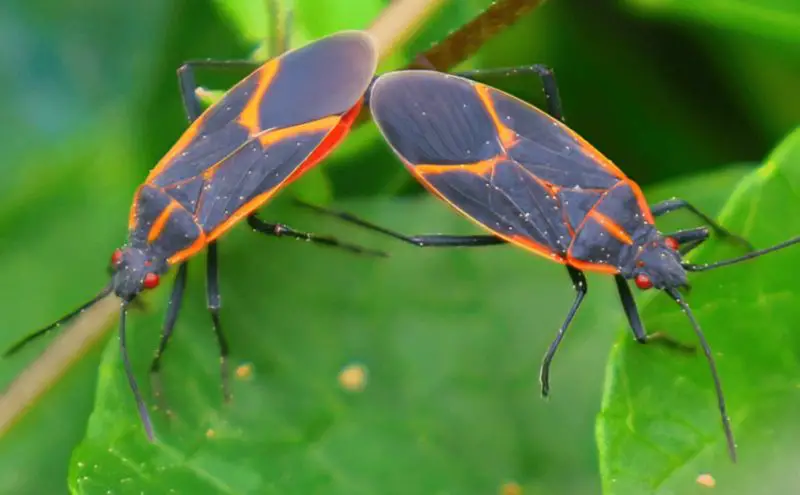
In this guide, we’ll explore six effective methods to help you manage and eliminate these unwelcome guests from your home. From preventative measures to practical removal techniques, you’ll find the tools you need to keep boxelder bugs at bay and maintain a bug-free environment.
Block Gaps Around Doors and Windows
The best defense against boxelder bugs, and many other indoor pests, is to stop them from entering your home in the first place. One of the most effective ways to do this is by sealing cracks and gaps around doors and windows. Start by applying weatherstripping to ensure tight seals, and inspect your home’s exterior for any noticeable cracks or openings, such as around vents or torn window screens. These small gaps are prime entry points for boxelder bugs.
While boxelder bugs are small and it may be impossible to seal your home entirely, addressing the most obvious entry points can significantly reduce their numbers inside. Taking these preventive measures can keep your home more secure and minimize future infestations.
Vacuum
While it might be tempting to squash boxelder bugs when you spot them inside your home, this can lead to bigger problems. When crushed, their reddish-orange guts can stain surfaces like walls, carpets, and floors. Moreover, squashing them may release an unpleasant odor, which, while useful for deterring predators outside, is far less welcome in your living space.
A cleaner and more efficient solution is to vacuum the bugs instead. After vacuuming, be sure to empty the contents into a sealed bag to prevent any survivors from escaping. If possible, sweep them back outside to minimize the indoor population. Also, clean your vacuum thoroughly, including the filters and dirt cup, with warm soapy water or a damp rag to remove any remaining bugs and odors. This method ensures a cleaner home and avoids the mess and smell that comes from squashing them.
Skip the Pesticides
The U.S. Department of Agriculture advises that pesticides should only be used as a last resort when dealing with boxelder bugs. Over time, these pests have developed a resistance to many common insecticide formulas, meaning that using pesticides is often ineffective against them. Even when applied, you may not see much reduction in their numbers.
Additionally, using pesticides poses risks to your home environment. They can harm pets, small children, and beneficial insects like pollinators, making their use even less desirable. Instead of relying on chemicals, it’s best to focus on preventive measures like sealing entry points and removing food sources to reduce boxelder bug populations.
Create a Soapy Solution Spray
One of the simplest and most eco-friendly ways to eliminate boxelder bugs is by making a homemade soap spray. This solution is not only effective but also safe to use around pets, children, and plants. To create it, fill a spray bottle with water and add roughly a tablespoon of liquid dish soap. After gently shaking the bottle to combine the ingredients, spray the mixture directly onto any boxelder bugs you see. The soap works by breaking down the protective outer layer of their exoskeleton, which leads to dehydration and eventually kills them.
For larger infestations, you can also fill a bucket with soapy water and knock the bugs into it. The soap will prevent them from escaping, and they’ll quickly drown. This method is particularly helpful if you notice clusters of the bugs on walls or outdoor surfaces. While this solution doesn’t prevent future boxelder bugs from entering your home, it provides an easy and non-toxic way to deal with those that have already made their way inside. Best of all, it’s a cost-effective alternative to store-bought insecticides, which can be harmful to beneficial insects and other wildlife.
Steer clear of boxelder trees
As their name implies, boxelder bugs are particularly fond of boxelder trees, a type of maple that is native to North America and often considered a weedy species. These insects are especially attracted to the seed-bearing female boxelder trees, making them a significant concern for homeowners. If you have one or more of these trees in your yard, you might want to consider replacing them with tree species that are less appealing to boxelder bugs. If removing the boxelder trees is not an option, another solution is to replace the female trees with male trees, which do not produce seeds and thus do not attract these pests.
However, it’s important to note that simply removing or replacing boxelder trees may only lead to a slight reduction in the bug population. Boxelder bugs are capable of traveling considerable distances, so even a boxelder tree located hundreds of yards away can still host bugs that may eventually make their way to your home. To further mitigate the issue, raking and disposing of the seeds that fall in the spring can help reduce the problem. Young boxelder bugs primarily survive on these fallen seeds early in the season, so eliminating them can help minimize the population and prevent future infestations. By being proactive and strategic in your tree choices and maintenance, you can create a less hospitable environment for boxelder bugs around your property.
Eliminate Any Hiding Places
Boxelder bugs are notorious for seeking refuge in various hiding spots, such as stacks of firewood, piles of leaves, rocks, and dense overgrown plants or bushes. To minimize their presence around your home, it’s essential to regularly clean and maintain these areas, ensuring there are no inviting spots for them to take cover. For instance, stack firewood neatly and store it away from the house, regularly rake up fallen leaves, and trim overgrown shrubs or plants that might provide shelter. You can drastically lower the chance that boxelder bugs will choose to make your yard their home by removing these possible hiding places.
Conclusion
While boxelder bugs can be a nuisance, it’s important to remember that they are harmless to humans and do not cause damage to your property. Keeping your vacuum cleaner and soap spray readily available can help you quickly address any bugs you encounter inside your home. As spring approaches and temperatures rise, these insects will naturally venture outside again, where they belong. You can have a more pleasant living area free from unwanted pests by being proactive in eliminating hiding places and being ready to deal with any intruders.

